In October 1918, with the First World War nearly over, a group known as “The Joint Committee of the Boards of Trade of South Vancouver, Richmond and Point Grey” began to lobby the Federal Government to dredge the twelve miles of the North Arm of the Fraser between the river mouth and New Westminster. The shallow water in the North Arm at low tide caused fishing vessels, tugs and other vessels with a greater than three foot draft to run aground, stopping traffic to industries along its banks until higher water. This limited the amount of raw materials and product the industries could ship and discouraged new industry from building in the area. In an effort to motivate the government to their ends, the Joint Committee published a “memorial” for the attention of the Hon. F.B. Carvell, Minister of Public Works for the Conservative Government of the time, titled “The North Arm of the Fraser: Its Industries, Its Possibilities: A Plea for its Development”.

The panoramic cover photo of the “memorial” shows some businesses in Marpole, which had changed its name from Eburne two years earlier. Shown are the Eburne Gravel Company and Eburne Sash, Door and Lumber, both at the foot of Hudson Street. City of Richmond Archives photograph 1987 91 1-5.
The document was signed by a diverse collection of politicians, industrialists, business owners, mariners and other citizens, all of them putting forth their justification for the dredging of the river. It also included a wonderful collection of photographs showing the North Arm and the industries along its shores in the early twentieth century.

The first photo in the body of the memorial is this one of the North Arm Jetty. City of Richmond Archives photograph 1987 91 6-10.
The North Arm Jetty had been built and the mouth dredged some years before allowing vessels to enter the river on any stage of the tide and be protected from wind as they did so. Since then it was felt that the greater outflow caused lower levels farther up the North Arm and several shallow spots in the river preventing vessels with a deeper draft from proceeding up river until high tide. Logs would have to be placed into booming grounds down river where they could be picked up by smaller tugs rather than be delivered straight to the mills, increasing towing costs.
The Huntting-Merritt Lumber Company shingle mill was located at the foot of Granville Street on the Vancouver side of the river. They operated eleven shingle machines, day and night, and employed 100 men. Next door, the Eburne Sawmills Limited mill was having a difficult time handling logs and had to dredge their booming ground to allow the mill to keep employing 125 men at their mill.
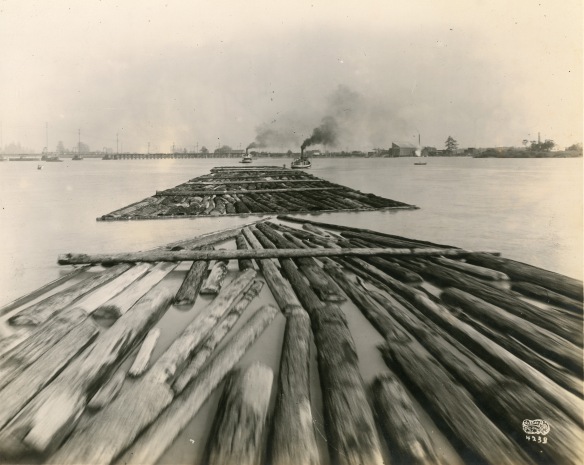
Logs bound for the Canadian Western Lumber Company are towed upstream toward the CP Railroad bridge. City of Richmond Archives photograph 1987 91 20.
The Eburne Gravel Company sold builders’ supplies and coal and claimed that the difficulty of towing on the river cost them an additional 25 to 30 cents per ton for coal and 10 to 15 cents per yard of sand or gravel.
The Graham Evaporating Plant produced desiccated vegetables and green, dried, evaporated and canned apples, employing about 100 people. They handled about 25 to 30 tons of vegetables a day and employed 100 people. Most of their product was transported by “team” or rail but they felt that dredging the river would give them the opportunity to ship product by water, reducing costs.
The Eburne Steel Company produced bar iron and steel ingots as well as other wartime necessities. They employed about 80 men. They were entirely dependent on rail transportation to receive their iron ore and ship out their products and said they would require tug and scow facilities to fully realize their business goals.
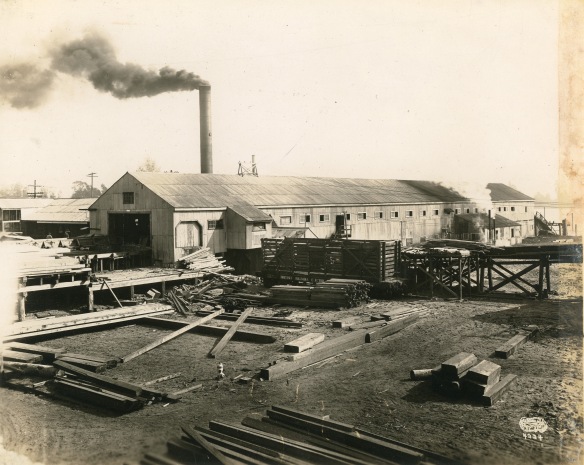
The Dominion Creosoting and Lumber Limited lumber mill. City of Richmond Archives photograph 1987 91 24.
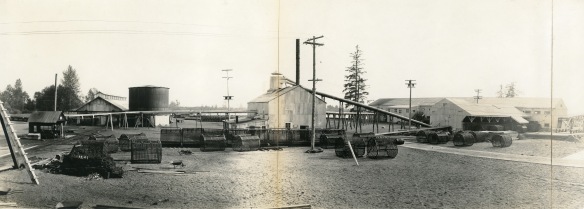
The Dominion Creosoting and Lumber Limited creosoting plant. City of Richmond Archives photograph 1987 91 25-27.
The Dominion Creosoting and Lumber Limited operation in South Vancouver was also hampered by the problems of shipping their product to market. Their lumber mill employed 120 men. The creosoting operation had been idled because of a lack of creosote which was shipped from England. It was expected that when the war was over, this part of the plant would reopen and employ another 30 men. Their plant had the use of 1200 feet of river frontage. An improvement in shipping ability would greatly improve the profitability of their business. They claimed that theirs was only one of forty or fifty available industrial sites on the North Arm which could be developed if only the shipping issue could be rectified.

The Canadian Western Lumber Company Limited mill at Fraser Mills is shown here with their fleet of tugs Joyful, Fearful, Cheerful, Gleeful and Dreadful. The Stern wheeler Senator Jansen is on the right and an unidentified small freighter loads on the left. City of Richmond Archives photograph 1987 91 36-40.
The Canadian Western Lumber Company Limited had a large operation at Fraser Mills, upriver from New Westminster. In their submission to the request for dredging they described the difficulty experienced by vessels going to their plant:
If the vessel and their tow enter the river at the beginning of the flood they can make it as far as Eburne as the force of the tide is spent and have enough water remaining to carry them through the Eburne Bridge, the Railway Bridge and Mitchell’s Bridge at Fraser Avenue. They then have to stay with their tows for 24 hours before being able to move again on the flood tide. On this flood they can make it as far as the New Westminster City Limits where they have to wait another 24 hours before proceeding to the mills past New Westminster.
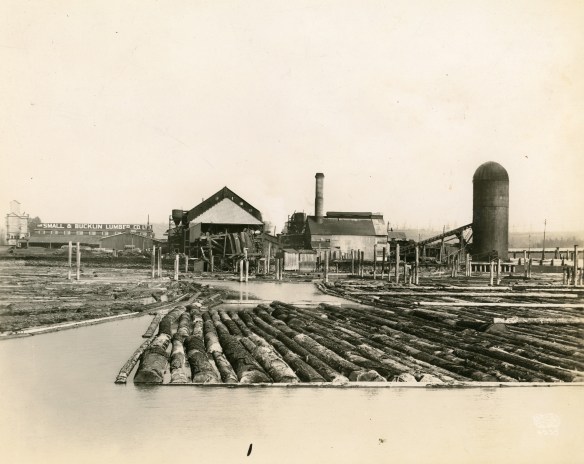
The Small and Bucklin Lumber Company Limited mill, New Westminster. City of Richmond Archives photograph 1987 91 11.
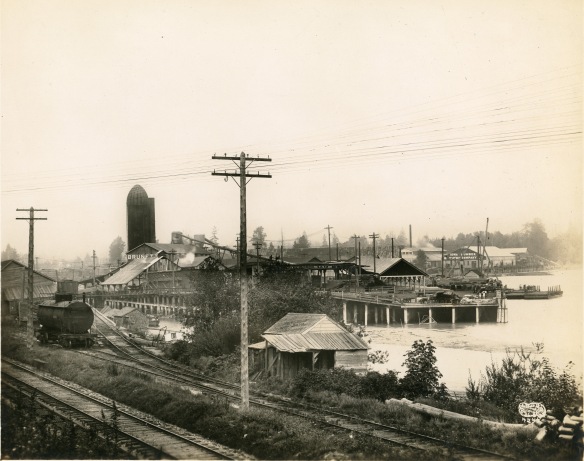
The Brunette Saw Mill Company mill. In the background is the Iowa Lumber and Timber Company mill. City of Richmond Archives photo 1987 91 12.
The Small and Bucklin Lumber Company and the Brunette Sawmill Company each employed more than 200 men and both reiterated the complaints of other industries along the North Arm. Both plants were in New Westminster and had to wait for a couple of tides for logs to be delivered to their mills.
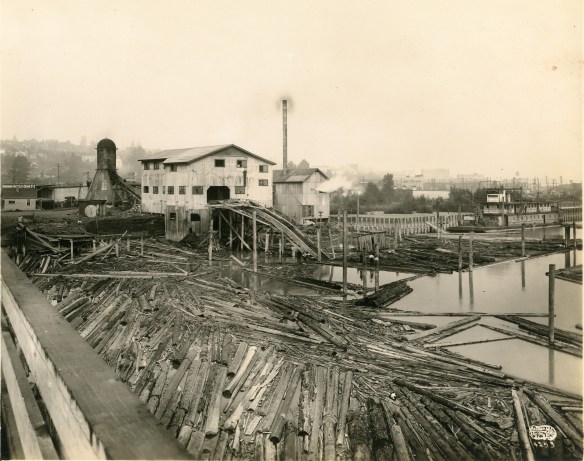
The Dominion Shingle and Cedar Co. is shown here in a photo taken from the old Queensborough Bridge. The skyline of New Westminster can be seen behind. City of Richmond Archives photograph 1987 19 13.
The Dominion Shingle and Cedar Company was located “at Lulu Island Bridge” (the old Queensborough Bridge) and employed about 50 men.
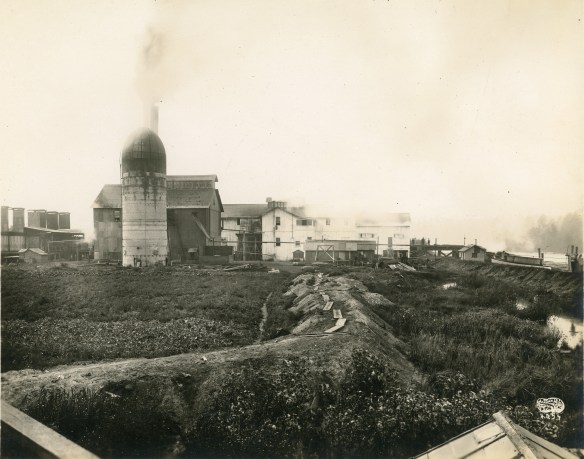
The Westminster Mill Company plant at New Westminster. City of Richmond Archives photograph 1987 91 14.
The Westminster Mill Company, manufacturers of red cedar shingles, operated two mills just below New Westminster which employed 200 men. Most of the logs used in the mill were brought up the river and delays in delivery due to low water levels seriously impacted their bottom line.
The arguments must have had some effect as dredging did take place on the North Arm in 1918. Reports indicate that a dredge tore out a two inch steel waterline that Jacob Grauer had installed from the mainland to supply water to his store and butcher shop as well as his neighbors at Eburne on Sea Island.
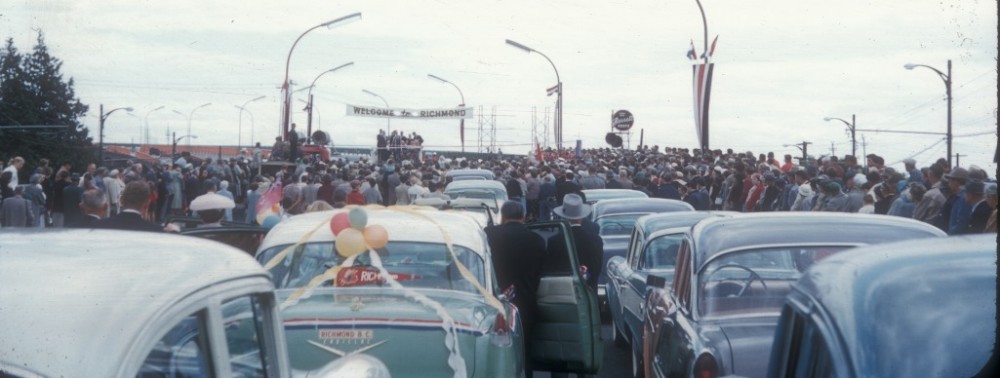
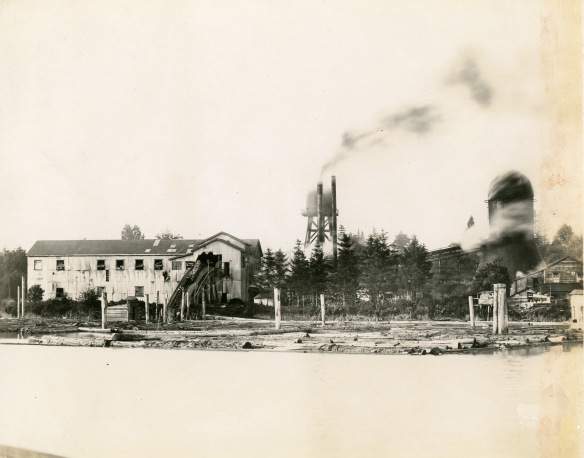
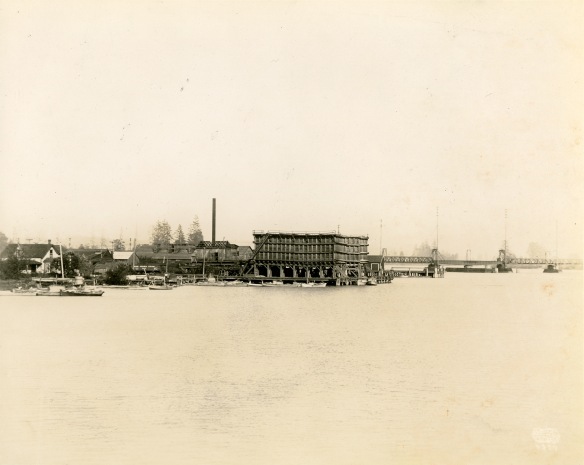
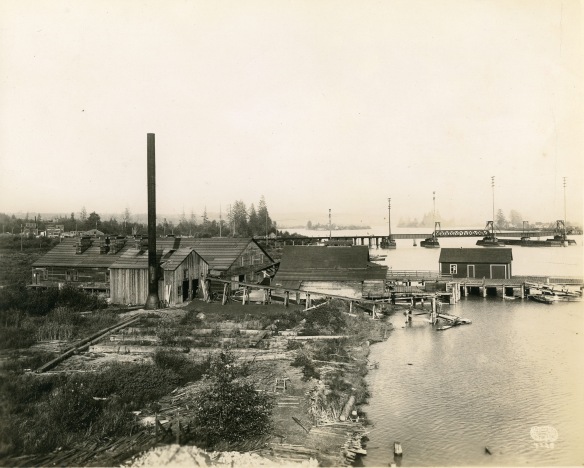
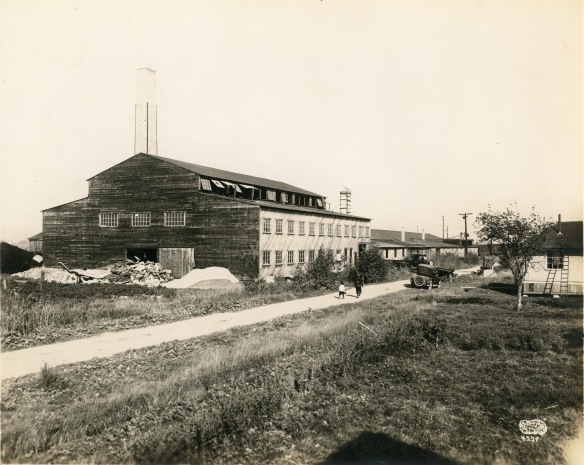

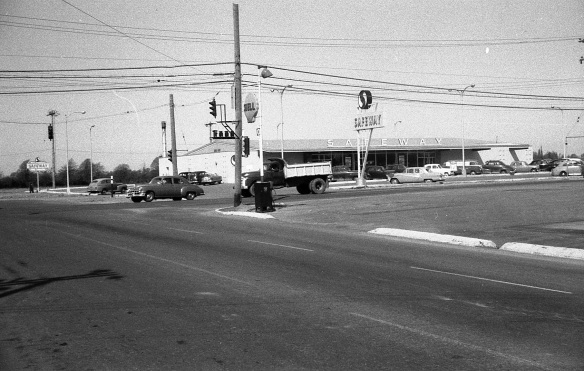
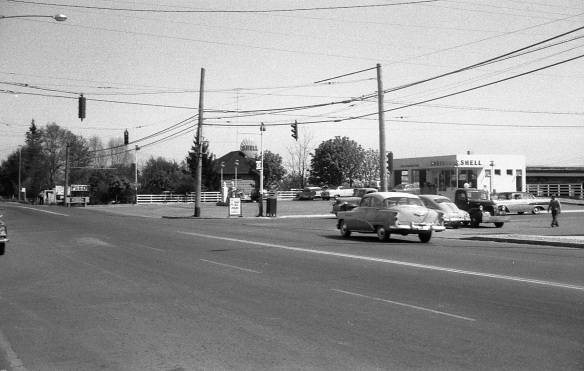
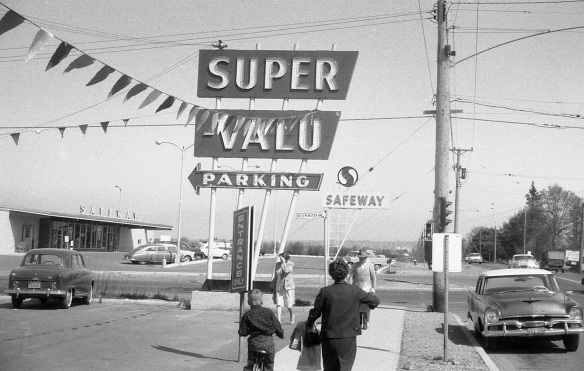
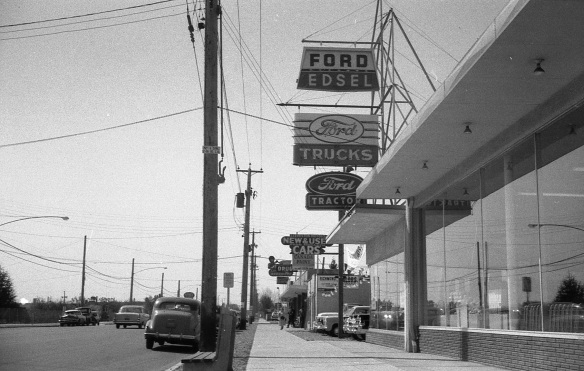
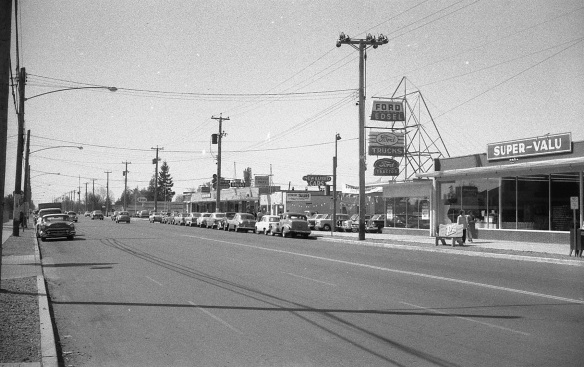
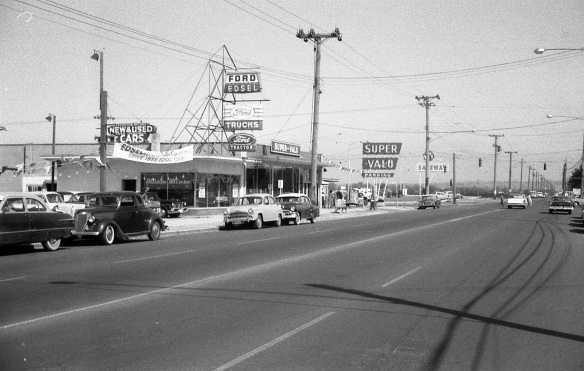
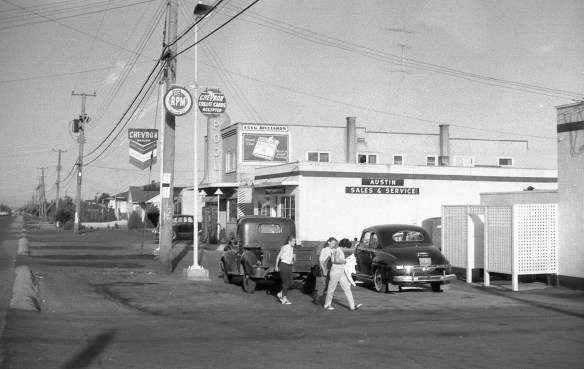
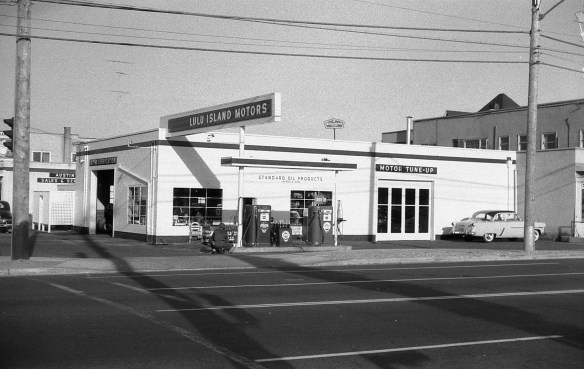
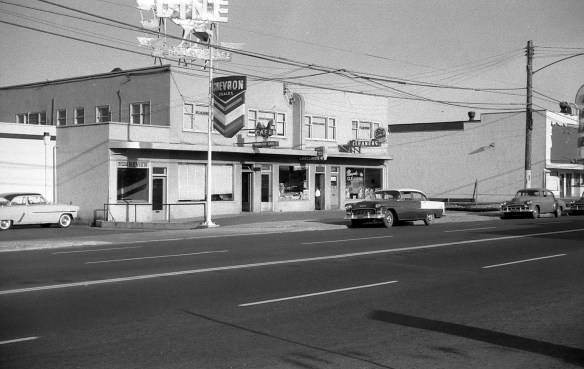
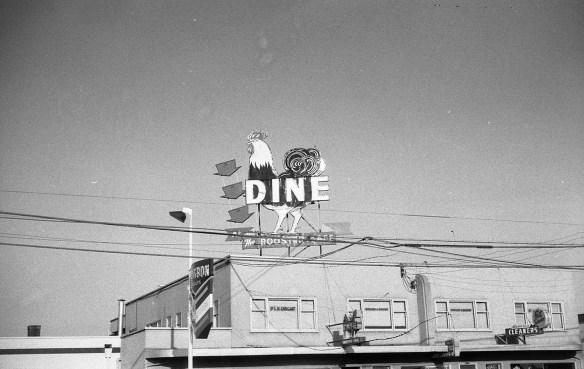
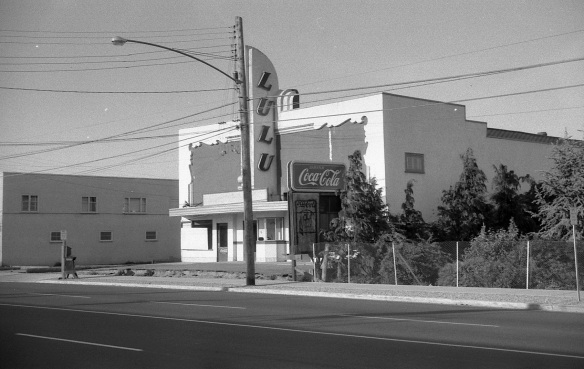
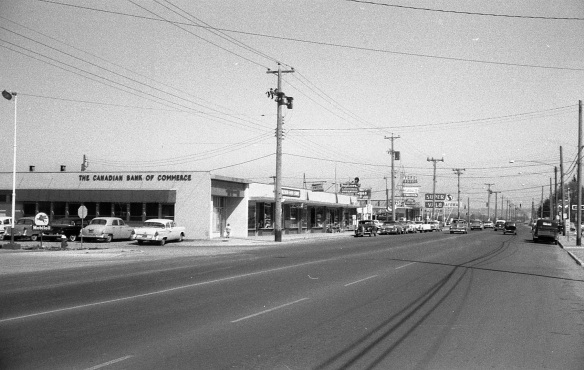
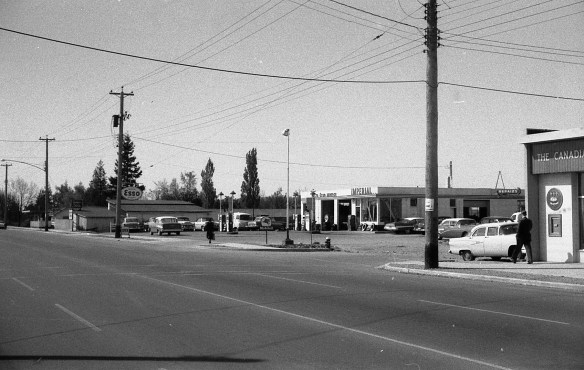
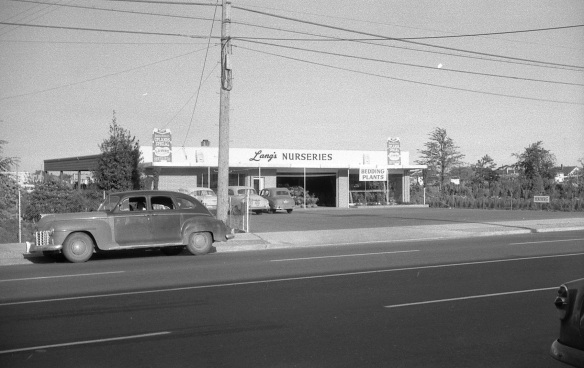
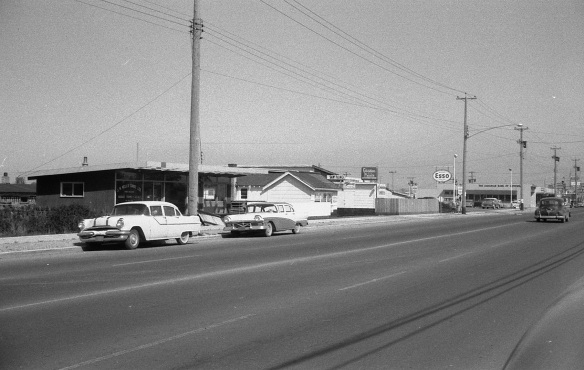
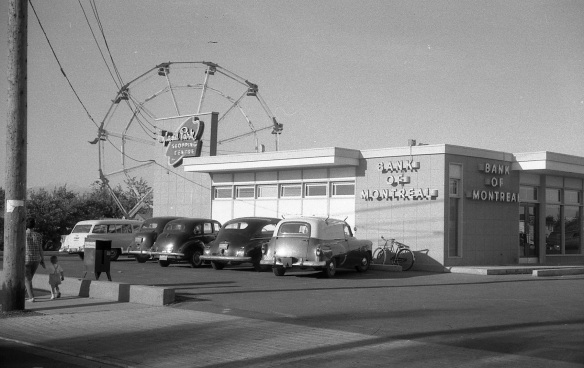
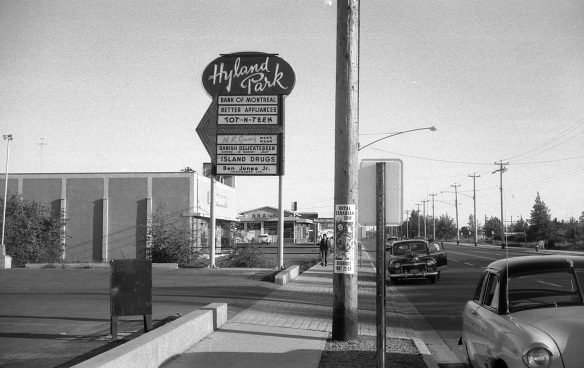

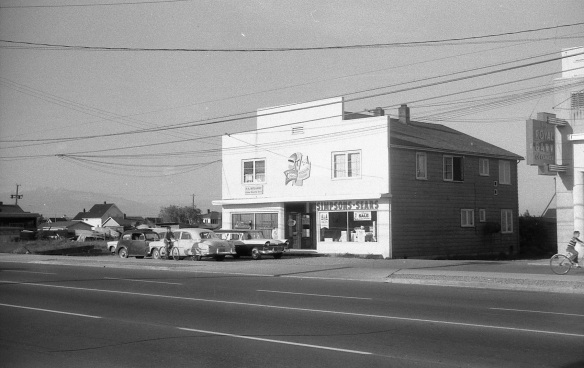
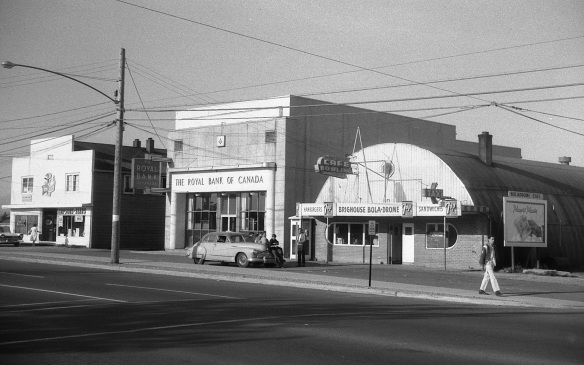
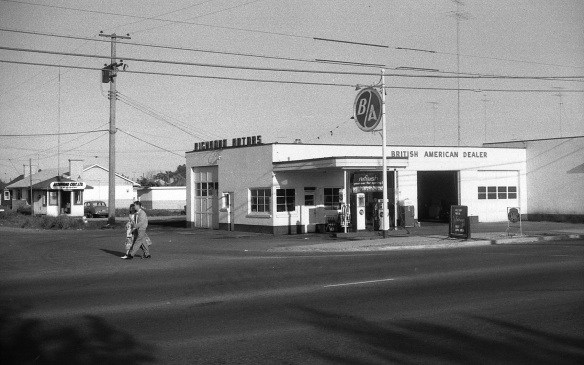
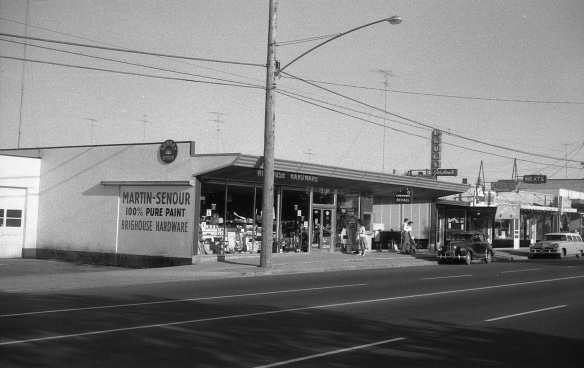
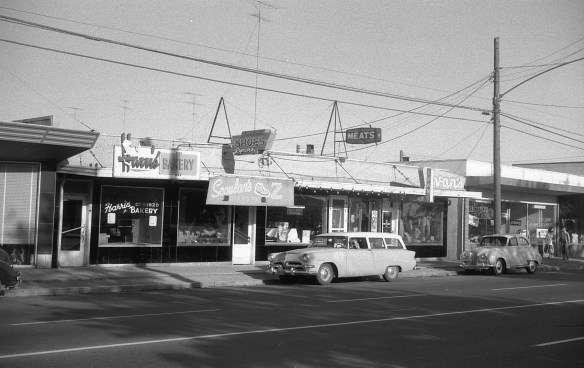
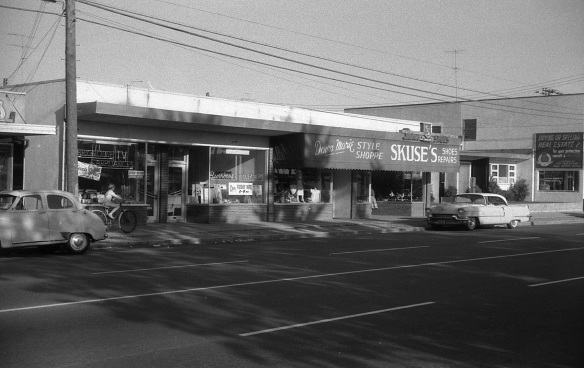
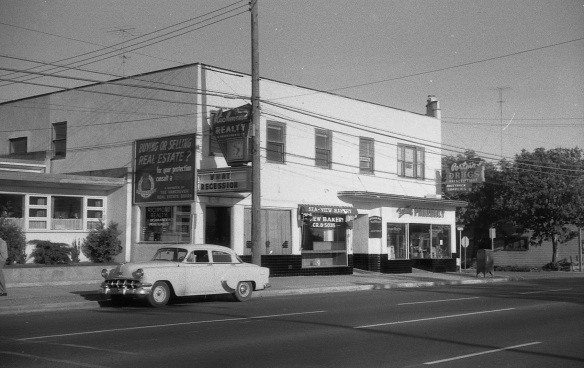
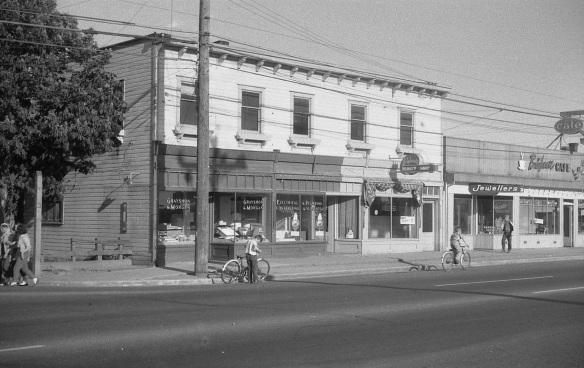
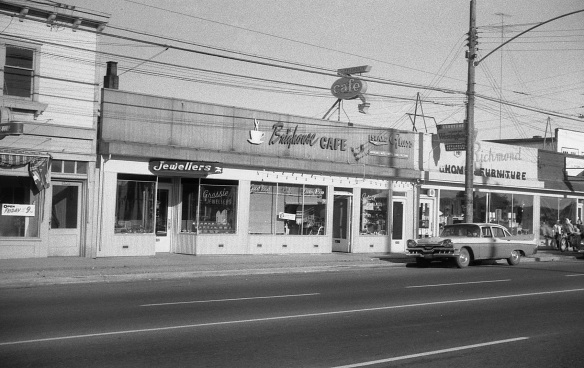
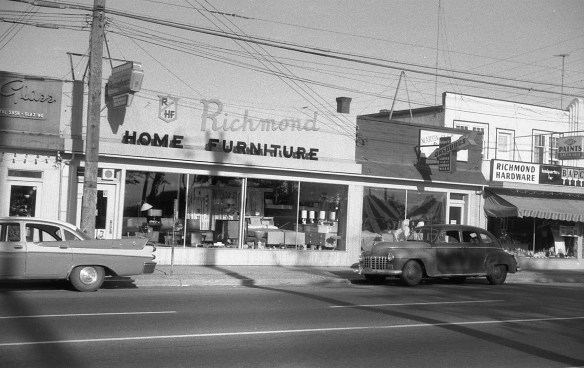
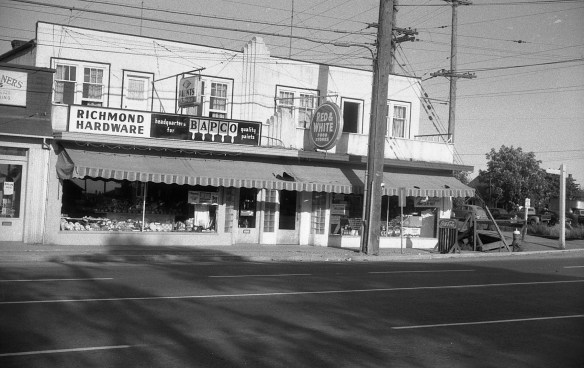
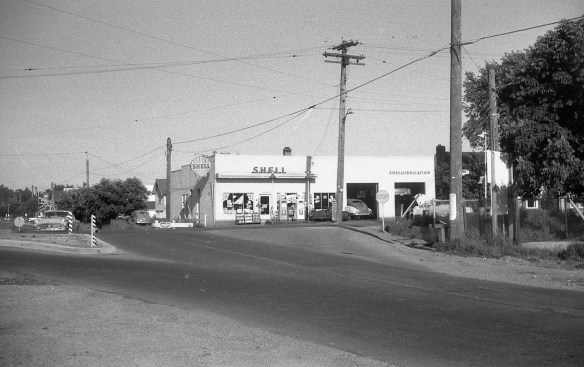









You must be logged in to post a comment.